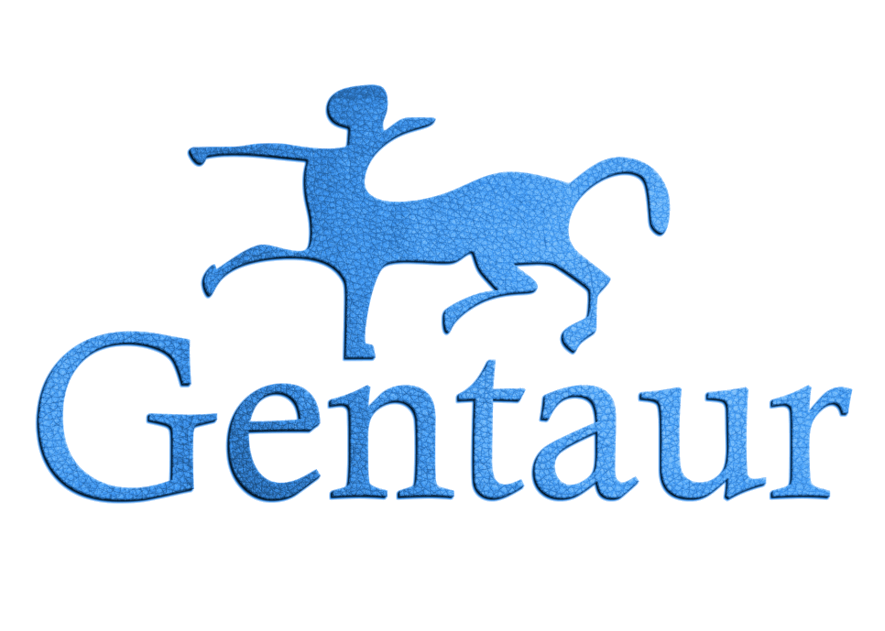KOMBITEST CD3 FITC / CD4 PE / CD45 PerCP
#
-
Catalog numberED7047-T050
-
Price:Ask for price
-
Size50 tests
-
-
DescriptionCD4+ T helper cell marker or cluster differentiator of white blood cells in FACS or flow cytometry. Used offer coupled to magnetic beads. GENTAUR makes custom magnetic bead couplings on 50 and 250 nm beads for certain clones.
-
PropertiesThis Exbio Fluorescein isothiocyanate (FITC) antibody is currently after some BD antibodies the most commonly used fluorescent dye for FACS. When excited at 488 nanometers, FITC has a green emission that's usually collected at 530 nanometers, the FL1 detector of a FACSCalibur or FACScan. FITC has a high quantum yield (efficiency of energy transfer from absorption to emission fluorescence) and approximately half of the absorbed photons are emitted as fluorescent light. For fluorescent microscopy applications, the 1 FITC is seldom used as it photo bleaches rather quickly though in flow cytometry applications, its photo bleaching effects are not observed due to a very brief interaction at the laser intercept. Exbio FITC is highly sensitive to pH extremes.
-
ConjugationAnti-FITC Antibody
-
ConjugatePeridinin chlorophyll (PerCP)
-
Gene target
-
Gene symbolCD4, PTPRCAP, PTPRC
-
Short nameKOMBITEST CD3 FITC / CD4 PE / CD45 PerCP
-
TechniquePercp, FITC, Fluorescein, Peridinin chlorophyll protein (PerCP) has a 677 nanometer maximum emission, red, when excited at 488 nanometers and the KOMBITEST CD3 FITC / CD4 PE / CD45 PerCP is detected on the FL3 detector of a FACSCalibur or FACScan. A PerCP dye is also available (PerCP-Cy5.5, also written Cy5.5-PerCP). PerCP is not suited for the high-powered lasing (>150mW) applications, such as on a MoFlo, due to it photobleaching (features/ qualities/ traits). PerCP conjugates can only be received/be gotten from the Becton Dickinson/Pharmingen group of companies or from Exbio.
-
LabelFITC
-
Alternative nameKOMBITEST CD3 fluorecein / CD4 molecule peroxidase / CD45 PerCP
-
Alternative techniqueantibodies-percp, fluorescine
-
Alternative to gene targetCD4 molecule, CD4mut, CD4 and IDBG-15034 and ENSG00000010610 and 920, protein homodimerization activity, Cell surfaces, Cd4 and IDBG-188351 and ENSMUSG00000023274 and 12504, CD4 and IDBG-640247 and ENSBTAG00000003255 and 407098
-
Gene info
-
Identity
-
Gene
-
Long gene nameCD4 molecule
-
Synonyms gene name
- CD4 antigen (p55)
- T-cell surface glycoprotein CD4
-
GenBank acession
-
Locus
-
Discovery year1986-01-01
-
Entrez gene record
-
RefSeq identity
-
Classification
- CD molecules
- C2-set domain containing
- V-set domain containing
-
VEGA ID
Gene info
-
Identity
-
Gene
-
Long gene nameprotein tyrosine phosphatase receptor type C associated protein
-
Synonyms
-
Locus
-
Discovery year1996-04-22
-
Entrez gene record
-
RefSeq identity
-
VEGA ID
Gene info
-
Identity
-
Gene
-
Long gene nameprotein tyrosine phosphatase receptor type C
-
Synonyms gene
-
Synonyms
-
GenBank acession
-
Locus
-
Discovery year1986-01-01
-
Entrez gene record
-
Pubmed identfication
-
RefSeq identity
-
Classification
- Protein tyrosine phosphatases receptor type
- Fibronectin type III domain containing
- CD molecules
-
VEGA ID
-
Locus Specific Databases
MeSH Data
-
Name
-
ConceptScope note: A method for the study of certain organic compounds within cells, in situ, by measuring the light intensities of the selectively stained areas of cytoplasm. The compounds studied and their locations in the cells are made to fluoresce and are observed under a microscope.
-
Tree numbers
- E01.370.225.500.386
- E05.196.712.516.600.240
- E05.200.500.386
- E05.242.386
-
Qualifiersethics, trends, veterinary, history, classification, economics, instrumentation, methods, standards, statistics & numerical data

